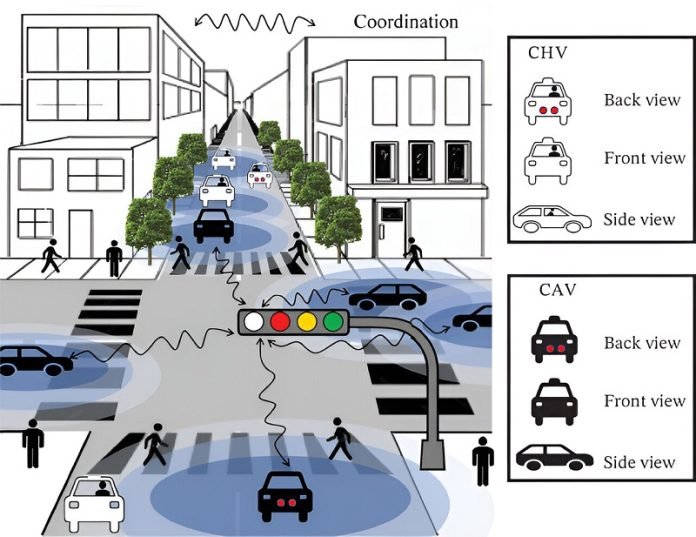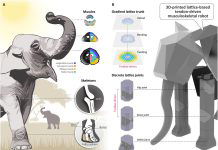
Imagine if traffic lights had an extra color that could make our walks shorter and drives smoother.
Researchers have come up with a bright idea: adding a fourth light to the usual red, yellow, and green at traffic signals.
This new light, called the “white phase,” could make waiting at street corners a thing of the past for pedestrians and help cars move through intersections more quickly. The secret behind this innovation? The power of self-driving cars.
Ali Hajbabaie, a professor from North Carolina State University, and his team are the brains behind this concept.
They’ve found that by tapping into the capabilities of autonomous vehicles (AVs), or self-driving cars, traffic can flow much more efficiently. These smart cars can talk to each other and to the computers controlling the traffic lights, allowing for a smoother ride for everyone.
The white light works differently from the lights we’re used to. While red tells us to stop and green means go, the white light signals to human drivers to simply follow the car in front of them.
This is because the AVs are coordinating their movements to keep traffic flowing.
But what about people walking across the street? The team thought of that too. By adding pedestrians into their computer models, they discovered that the white phase still makes a big difference. It cuts down on wait times not just for cars but for people on foot as well.
Interestingly, the more self-driving cars there are on the road, the better this system works. With enough AVs, delays at intersections could drop by more than 25%. Even with a smaller number of these cars, everyone would still get to their destinations faster.
Although it might be a while before we see this new traffic light in action, the researchers are hard at work making sure it’s safe and effective. They’re setting up real-world tests with miniature cars to iron out any kinks before moving on to full-size vehicles.
This study, published in the journal Computer-Aided Civil and Infrastructure Engineering, opens up exciting possibilities for improving how we get around.
While we’re not there yet, the future of commuting looks a lot brighter with ideas like the white phase light.
Source: North Carolina State University.



